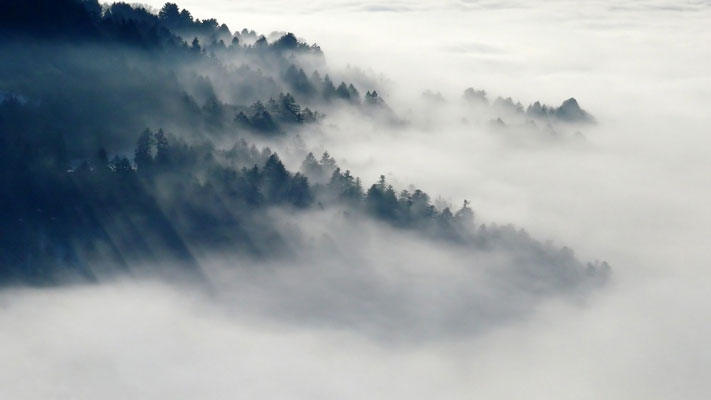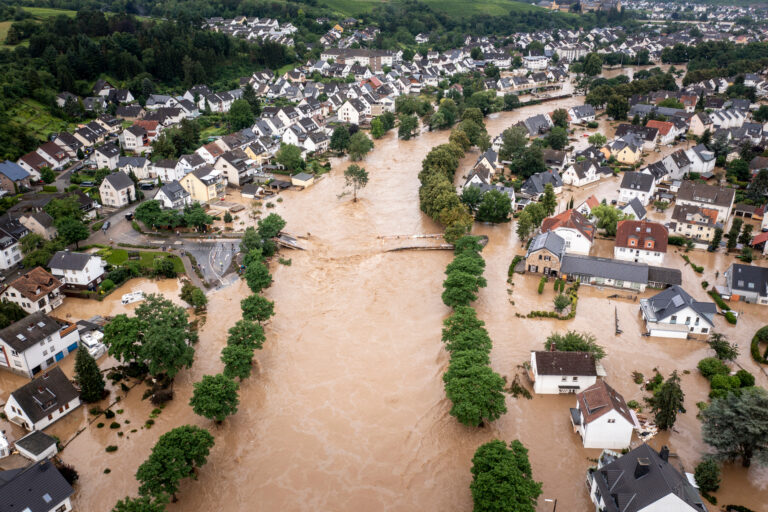Fog is a visible mass of tiny water droplets or ice crystals suspended in the air near the ground. It forms when the air becomes saturated with moisture and the water vapor condenses into small water droplets.
Several factors contribute to the formation of fog:
Humidity: Fog forms when the air becomes saturated with moisture. This saturation can occur in several ways, such as the cooling of air or the addition of moisture to the air.
Cooling of Air: The most common way for fog to form is through the cooling of air. As air cools, it loses its ability to hold moisture, and the water vapor present in the air begins to condense into tiny droplets. This cooling can happen in various ways:
- Radiation Fog: Forms on clear, calm nights when the Earth’s surface loses heat through radiation. The ground cools, and the air near the surface reaches its dew point, leading to the formation of fog.
- Advection Fog: Occurs when warm, moist air moves over a cooler surface, such as a cold ocean current or a cold landmass. The warm air cools, and fog forms.
- Upslope Fog: Develops when moist air is forced to ascend a slope, leading to cooling and condensation.
- Evaporation Fog (Steam Fog): Arises when cool air passes over a warmer water surface, causing the water to evaporate and condense into fog.
Evaporation and Mixing: Fog can also form when moist air comes into contact with a cooler surface, causing the air to cool and the moisture to condense. This often happens when warm, moist air moves over a cooler body of water.
In summary, fog forms when moist air is cooled to the point where it becomes saturated, and water vapor condenses into tiny droplets. The specific mechanisms vary, but cooling of the air through radiation, advection, or contact with a cooler surface is a common factor in fog formation.
Source: https://www.weatherbug.com/news/How-Does-Fog-Form


